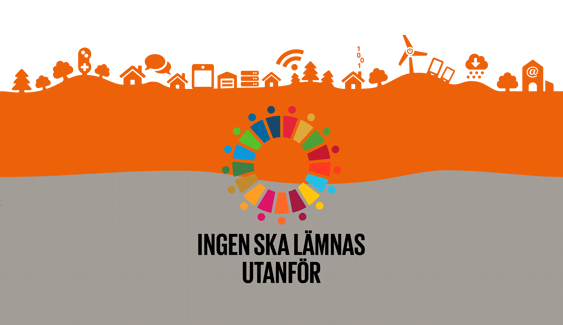- Kunskapsbank (old)
- Digital kompetens
Digital kompetens
Digital kompetens innehåller många olika typer av färdigheter. Här finns internationella och nationella definitioner av begreppet.
Digitaliseringskommissionens definition (SOU 2015:28)
Digital kompetens utgörs av i vilken utsträckning man är förtrogen med digitala verktyg och tjänster samt har förmåga att följa med i den digitala utvecklingen och dess påverkan på ens liv. Digital kompetens innefattar: kunskaper att söka information, kommunicera, interagera och producera digitalt, färdigheter att använda digitala verktyg och tjänster, förståelse för den transformering som digitaliseringen innebär i samhället med dess möjligheter och risker, samt motivation att delta i utvecklingen. SOU 2015:28
Lägesbild av Digital kompetens
I maj 2018 tog Digitaliseringsrådet fram en lägesbild av Digital kompetens.
→ Lägesbild av digital kompetens
Insatser för digital kompetens på folkbiblioteken
“Insatser för digital kompetens på folkbiblioteken” (2017) är en studie om folkbibliotekens arbete med digital delaktighet. Rapporten gjordes av Ida Norberg på uppdrag av SKL, Digidelnätverket och Kungliga biblioteket.
→ Läs rapporten som PDF (länken öppnar en ny flik)
Här nedan finns en sammanställning av rapporten i form av en video.
The Digital Competence Framework 2.0
Texter om “Digital Competence Framework 2.0” finns ännu inte officiellt översatta till svenska.
DigComp 2.0 identifies the key components of digital competence in 5 areas which can be summarised as below:
1) Information and data literacy: To articulate information needs, to locate and retrieve digital data, information and content. To judge the relevance of the source and its content. To store, manage, and organise digital data, information and content.
2) Communication and collaboration: To interact, communicate and collaborate through digital technologies while being aware of cultural and generational diversity. To participate in society through public and private digital services and participatory citizenship. To manage one’s digital identity and reputation.
3) Digital content creation: To create and edit digital content To improve and integrate information and content into an existing body of knowledge while understanding how copyright and licences are to be applied. To know how to give understandable instructions for a computer system.
4) Safety: To protect devices, content, personal data and privacy in digital environments. To protect physical and psychological health, and to be aware of digital technologies for social well-being and social inclusion. To be aware of the environmental impact of digital technologies and their use.
5) Problem solving: To identify needs and problems, and to resolve conceptual problems and problem situations in digital environments. To use digital tools to innovate processes and products. To keep up-to-date with the digital evolution.
DigComp 2.1
DigComp 2.1 is a further development of the Digital Competence Framework for Citizens. Based on the reference conceptual model published in DigComp 2.0, we present now 8 proficiency levels and examples of use applied to the learning and employment field.




